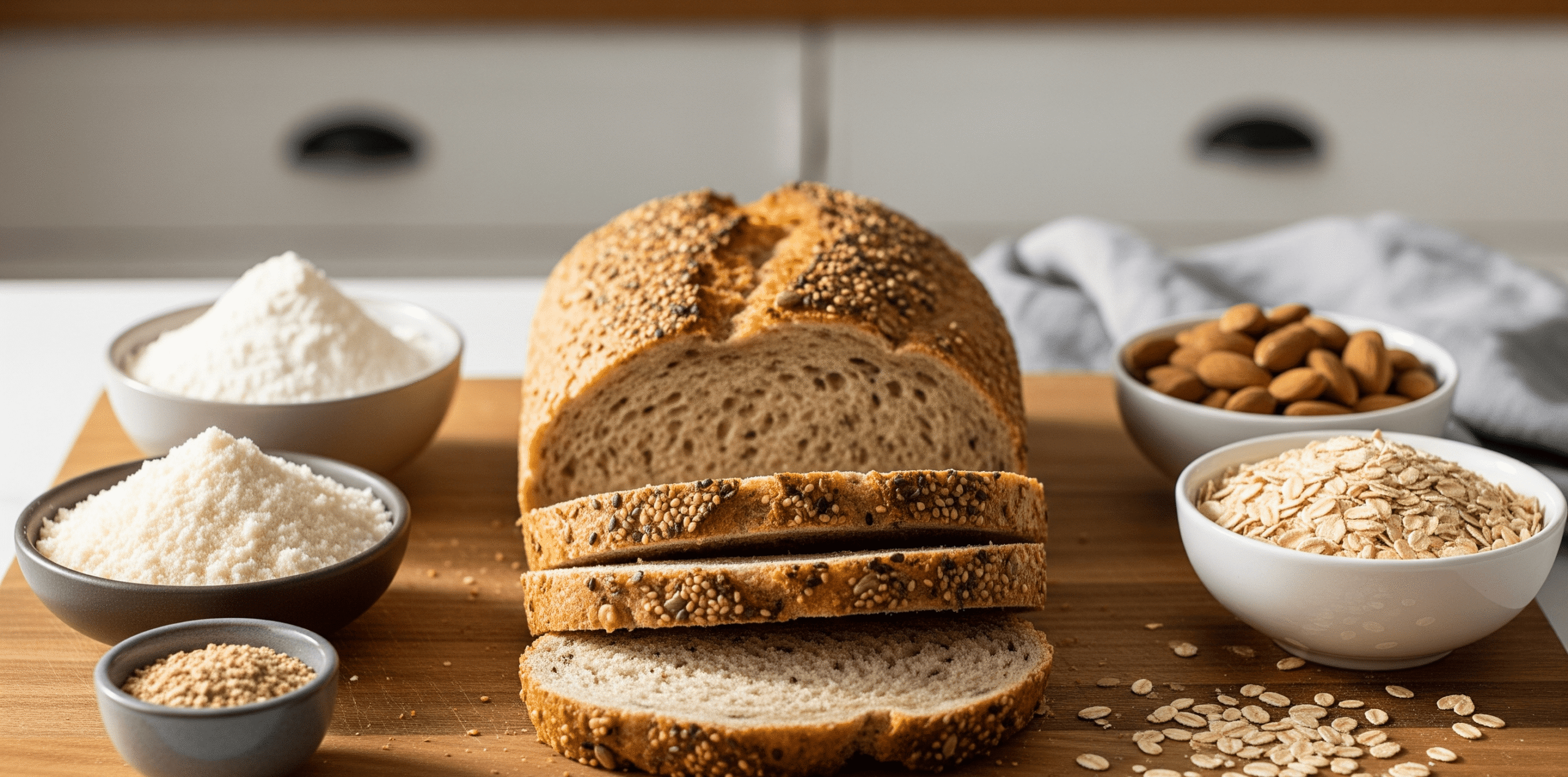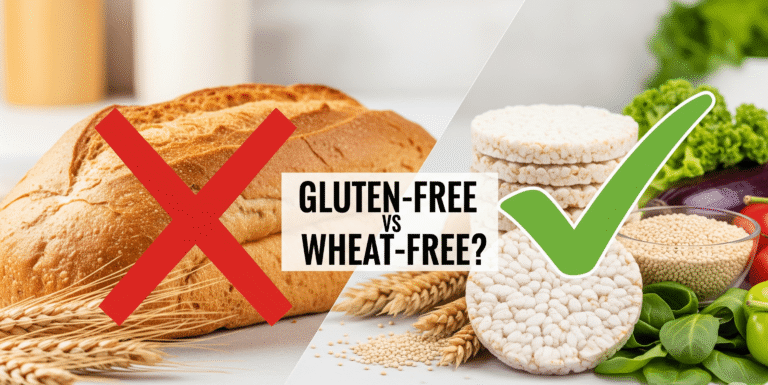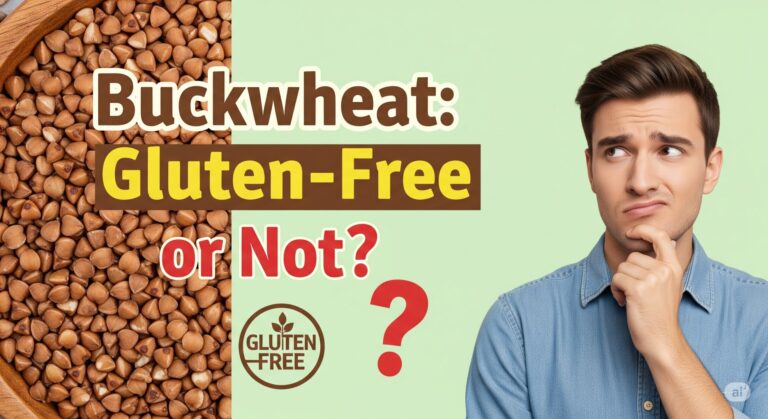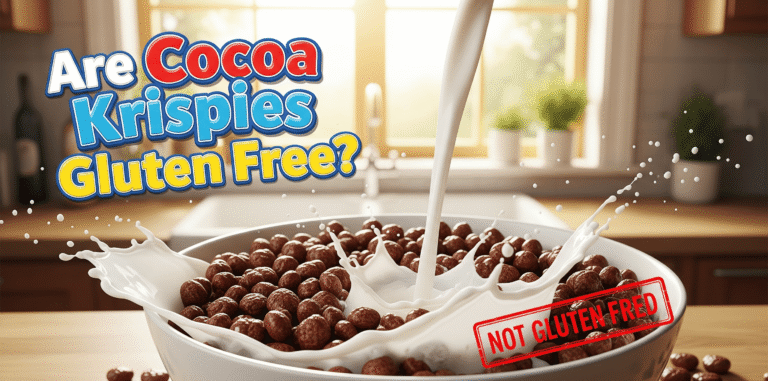Good Gluten Free Bread: How to Select the Best One for Your Diet
You might have recently preferred the switch to gluten-free, but you should know the dilemma: finding good gluten free bread that doesn’t taste like cardboard or disintegrate in your hands is pretty rare. Whether You are gluten intolerant or suffering from celiac disease or simply experimenting with a new diet lifestyle, the proper gluten-free bread can make a huge difference in meal time and You staying sane.
Also read – How to Make Gluten free Bread
What is Gluten-Free Bread?
Gluten-free bread is prepared without wheat, rye, or barley basically the main gluten-grains. It employs alternative flours such as rice flour, almond flour, sorghum flour, or even legumes. But simply being “gluten-free” does not necessarily mean that it is good. That is where you come in.
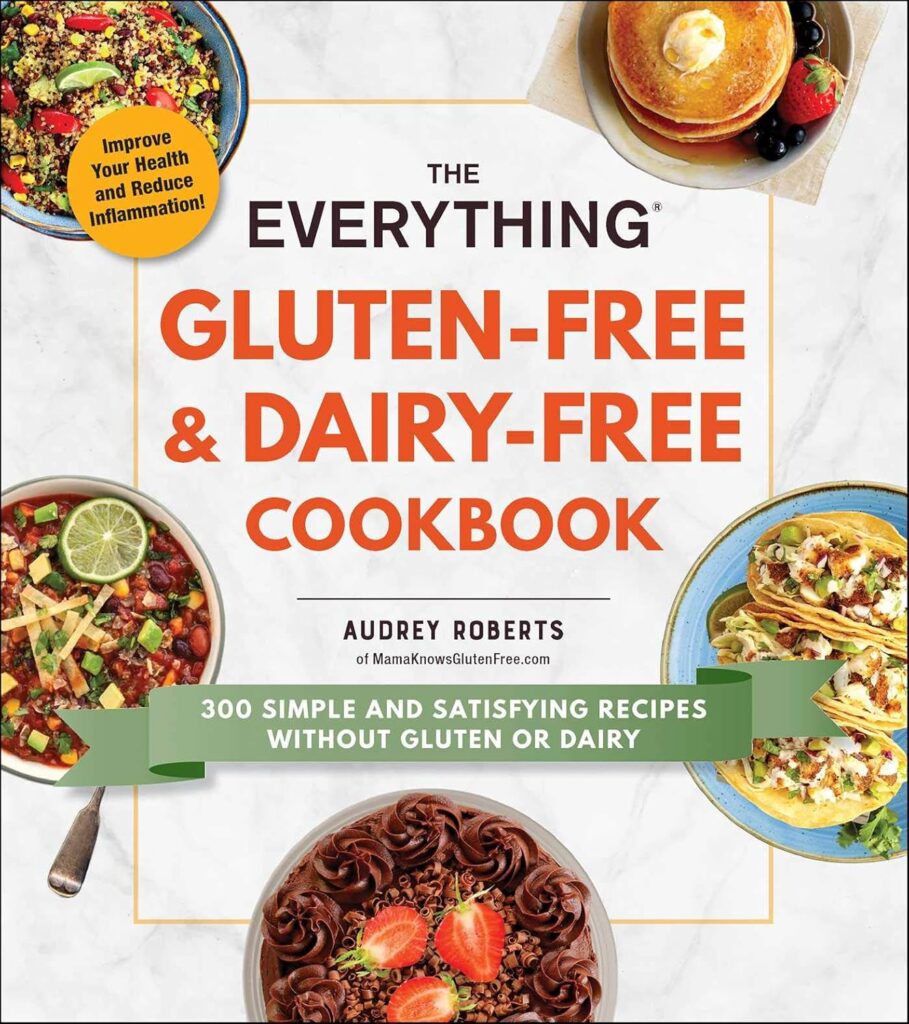
Why It’s Difficult to Get Good Gluten Free Bread
The issue with most gluten-free breads is that they tend to:
- Have a pretty dry, crumbly texture
- Are lacking in proper flavors
- Employ ultra-processed ingredients which is definitely harmful
- Low in fiber and protein
But do you know Several brands have cracked the secret! They’ve hit both taste and nutrition out of the park. But spotting them is like trying to find a needle in a (gluten-free) haystack.
Here are Key Factors to Look For in Good Gluten Free Bread
1. Ingredients Matter
The fewer mysterious words, the better. Look for:
- Whole grain gluten-free flours such as brown rice, quinoa, sorghum
- Seeds and nuts for texture and nutrition
- Natural binders such as psyllium husk or flaxseed rather than gums
Steer clear of:
- Excessive sugar
- Corn syrup
- Refined starches
- Lengthy chemical-sounding words
2. Texture & Moisture
No one likes to eat dry, sandpapery bread. A decent gluten free loaf will have a moist but not soggy, soft but not crumbly texture.
Pro tip: Gently squeeze the loaf—if it springs back, it’s likely to be good.
3. Nutritional Value
Strive to get bread that provides you with more than empty calories.
Look for:
- Fiber: 2–3g or more per slice
- Protein: 3–5g per slice is good
- Low sugar: Below 3g per slice is optimal
4. Shelf Life vs Freshness
Some gluten-free breads are frozen or vacuum-sealed. That’s okay—if they don’t taste stale. Freshness must remain important.
5. Taste Test (When You Can)
Let’s get real here: You won’t know if it’s good until you taste it. Sample it if possible, read reviews online, or ask gluten-free forums.
Comparison of Popular Good Gluten Free Bread Brands
The following are some popular and highly recommended gluten-free bread brands, and why people enjoy them:
| Brand | Texture | Fiber | Protein | Sugar | Highlight |
|---|---|---|---|---|---|
| Canyon Bakehouse | Soft | 2g/slice | 3g/slice | 2g/slice | Fantastic taste, available everywhere |
| Schär | Fluffy | 2g/slice | 2g/slice | 1.5g/slice | No dairy or eggs, suitable for more restrictive diets |
| Little Northern Bakehouse | Firm | 4g/slice | 4g/slice | 1g/slice | High fiber, sprouted grains for better digestion |
| Udi’s | Soft | 1g/slice | 3g/slice | 3g/slice | Slightly sweet flavor, kid-friendly |
| Simple Kneads | Dense | 5g/slice | 5g/slice | 0g/slice | 100% whole food ingredients, ideal for clean eating |
Make the Most of Your Gluten-Free Bread
Even good gluten-free bread could use some love. Here’s how to give it an upgrade:
- Toast it – Even subpar gluten-free bread is much better when toasted.
- Top smart – Add avocado, eggs, nut butter, or hummus to enhance nutrition and taste.
- Store it correctly – Store in the fridge or freezer to avoid mold. Toating from frozen is fine.
Bonus: Should You Make Your Own?
If you feel adventurous, doing your own gluten-free bread allows you to be in control. And it can be even better than store-bought bread.
You’ll need:
- A decent blend of gluten-free flours (e.g., oat, almond, buckwheat)
- A binder (psyllium husk, chia or flaxseed gel)
- Yeast or baking soda to make it rise
Downside? It takes time and some trial and error. But if you’re willing to put in the effort, it can be completely worth it.
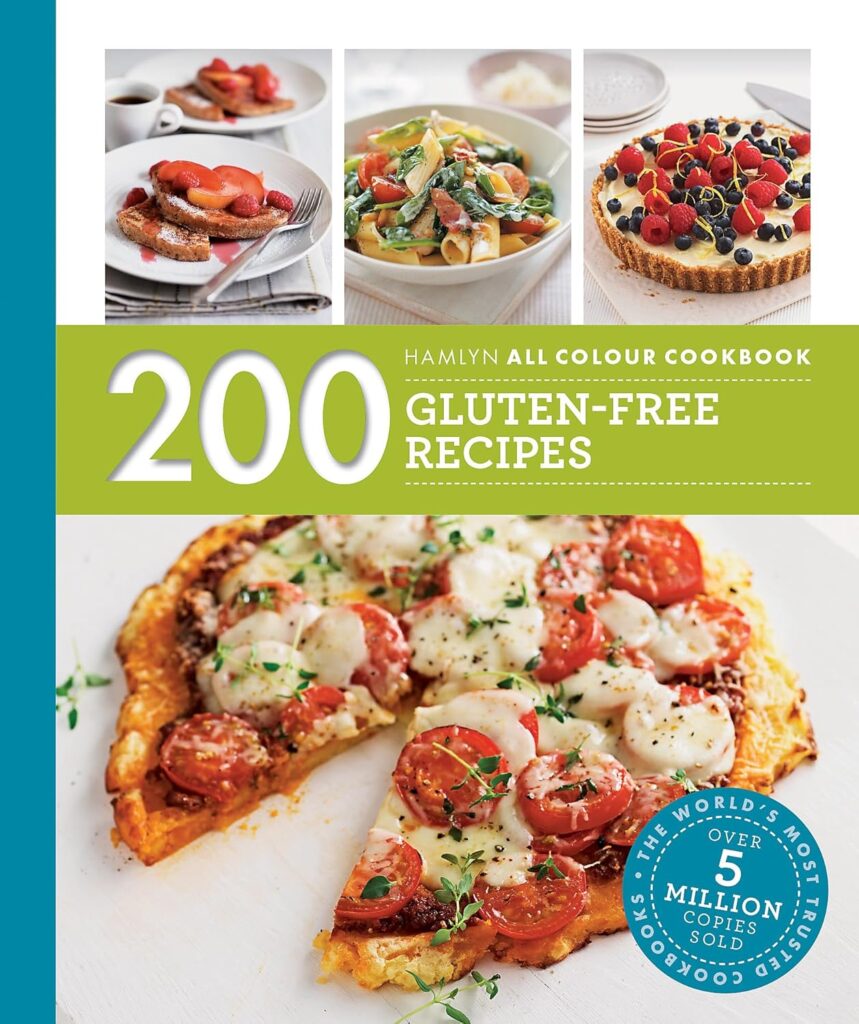
Conclusion:
Good gluten free bread isn’t merely “not terrible”—good gluten free bread is bread that feels like bread. It should meet your dietary requirements, taste buds, and not have you compromising on quality.
To sum up:
- Check the ingredients. Whole grains = win. Odd chemicals = nope.
- Shoot for balance. Protein, fiber, and low sugar keep you full and energetic.
- Test and try. Your taste buds are better than okay.
- Experiment some more. Toast it, top it, or bake it—discover what works for you.
Also read – Delicious Cakes Without Gluten or Lactose
